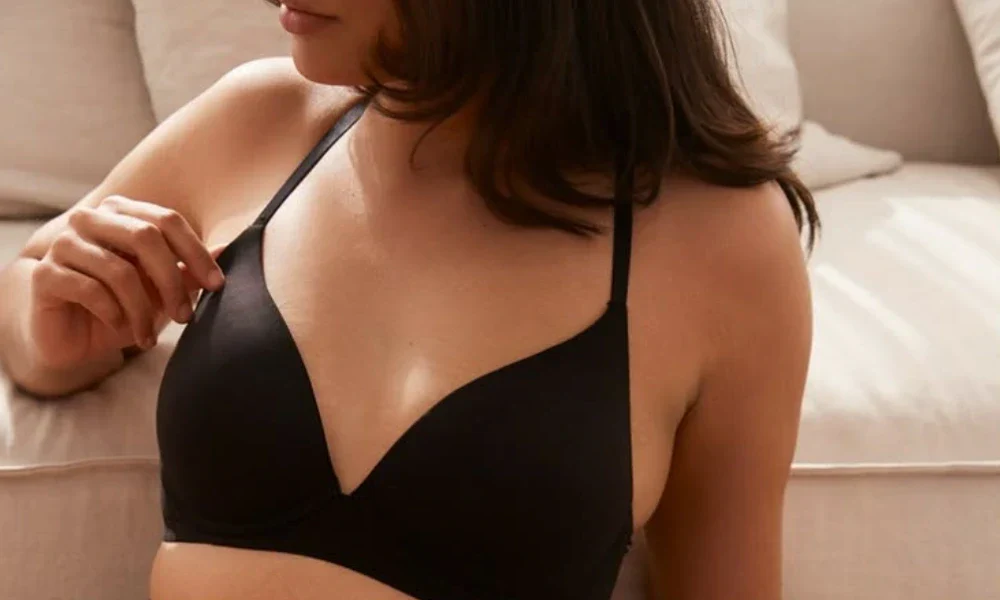For decades, a bra’s main purpose has been supported structure has usually taken center stage over sensation. But modern living and a better awareness of well-being have changed customer priorities; therefore, comfort, breathability, and skin health now take center stage in personal clothing design. New wave of creative materials designed to offer support without compromising breathability or aesthetic appeal is replacing traditional heavy, restrictive fabrics. Driven by the search for bra that feel as wonderful as they look, textile technology has advanced significantly and produced works that provide an amazing mix of utility, sumptuous softness, and enhanced air circulation, thereby changing the daily experience of wearing intimate apparel.
The Fundamental Need for Breathability
Particularly in warmer temperatures or during strenuous exercise, the area a bra covers is more sensitive and vulnerable to warmth and moisture accumulation. Though they provide support or visual appeal, traditional materials such as synthetic satins or heavyweight cotton mixes can lack enough permeability.
Moisture-Wicking Wonders: Performance Fabrics
Inspired by sportswear, a major advancement in bra comfort comes from including moisture-wicking performance materials. These materials are perfect for daily wear and travel since they not only regulate moisture but also are often lightweight and quick-drying. Specialized knitting processes improve the airflow inside these fabrics even further, offering better ventilation without sacrificing the structural integrity needed for a supportive bra.
Natural Innovations: Breathable Blends
Although synthetics have great performance, natural fibers and their special comfort qualities are becoming more and more valued. Highly breathable and soft choices for intimate wear result from innovations in natural fabric processing. Because of its extraordinary softness, natural moisture-wicking properties, and natural breathability, bamboo viscose, for example is becoming more and more popular. It feels cold and velvety across the skin. Likewise, modal derived from beechwood pulp offers exceptional softness, drape, and breathability over conventional cotton and is also quite resistant to shrinking and fading.
Structural Breathability: Mesh and Spacer Fabrics
Beyond the inherent qualities of individual fibers, textile innovation has also concentrated on producing fabrics with built-in breathability via their construction. Particularly in places likely to build up heat, mesh fabrics with their open, perforated designs are extensively employed in panels and straps to maximize airflow. Perfect for athletic activities or daily comfort in humid regions, they provide ventilation without compromising support. One further creative category is spacer fabric. Two fabric layers joined by a third layer of microfilaments make up this unusual material, which produces a “spacer” in between. Excellent air circulation made possible by this three-dimensional structure results in a lightweight, supple, and remarkable form retention without the bulk of conventional padding. Cups and bands feature spacer textiles more and more to provide contoured support with great airflow.
The development of bra materials shows a notable change toward giving comfort, breathability, and skin health a priority without sacrificing support or appearance. These developments guarantee that wearing a bra can be an experience of continuous comfort, enabling people to feel confident, cool, and beautiful from the inside out, therefore adjusting perfectly to the rigors of modern life.

